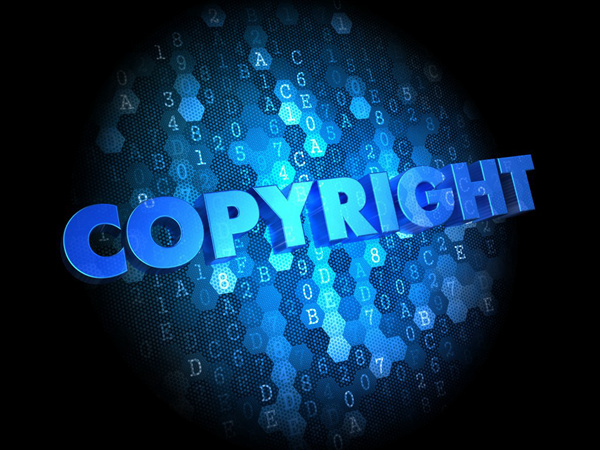Recently, 14 well-known publishers jointly filed a lawsuit against AI startup Cohere, accusing it of systematic copyright infringement during training AI models. These publishers include industry giants such as Condé Nast, Atlantic and Forbes, and their joint actions highlight the tension between AI technology and intellectual property protection. This lawsuit is not only about individual cases, but also reflects the game of interests between content creators and technological innovators in the digital age.

Cohere is accused of using at least 4,000 copyrighted works to train its AI models without authorization, according to litigation documents. What's more serious is that when the company's AI system presents content to users, it not only presents article clips, but sometimes even displays the entire article. This behavior directly affects the original publisher's website traffic and advertising revenue. In addition, the complaint also states that Cohere is suspected of infringing publishers' trademark rights by generating false content, which, although seemingly from well-known publications, were not actually published by these institutions.
Faced with the allegations, Cohere’s communications chief Josh Gartner issued a statement insisting that the company had taken a responsible approach during the AI training process and called the lawsuit "misleading and nonsense." Gartner stressed that the company has always attached importance to intellectual property protection and has established corresponding control measures to reduce the risk of infringement. He said he would rather solve the problem through dialogue than litigation, and he hoped that the matter would develop in a direction that would benefit the company.
This lawsuit is the latest in a series of copyright lawsuits against AI companies in recent times, reflecting the new challenges brought by the rapid development of AI technology to intellectual property protection. Several AI companies, including OpenAI, have begun to take preventive measures such as content licensing to deal with possible legal risks. At the same time, legal debate over whether AI uses copyrighted materials as reasonable use is also continuing to ferment.
The core controversy in this case lies in the boundaries of the use of copyrighted materials during AI training. With the popularization of AI technology, how to balance technological innovation with intellectual property protection has become an urgent problem. This not only affects the future development of the AI industry, but also affects the ecological balance of content creation in the digital era. Industry insiders generally believe that the results of the case will set an important precedent for intellectual property protection in the AI industry.
The ultimate direction of this lawsuit has attracted much attention. It not only involves individual case judgments, but will also affect the development direction of the entire AI industry. Finding a balance between technological innovation and intellectual property protection requires the legal, technical and content creators to jointly explore solutions. As the case progresses, we look forward to seeing more in-depth discussions and constructive solutions on AI technology and intellectual property protection.